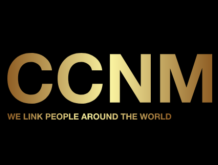Excerpts from Britannica government | Definition, History, & Facts | Britannica Concepts submitted by Grady Norwood
What Is A Government?
The Federal Government is composed of three distinct branches: legislative, executive, and judicial, whose powers are vested by the U.S. Constitution in the Congress, the President, and the Federal courts, respectively. Whitehouse.gov (2022)
Executive Branch
In every state, the Executive Branch is headed by a governor who is directly elected by the people. In most states, other leaders in the executive branch are also directly elected, including the lieutenant governor, the attorney general, the secretary of state, and auditors and commissioners.
Legislative Branch
All 50 States have legislatures made up of elected representatives, who consider matters brought forth by the governor or introduced by its members to create legislation that becomes law.
Judicial Branch
State judicial branches are usually led by the State supreme court, which hears appeals from lower-level State courts. Court structures and judicial appointments/elections are determined either by legislation or the State constitution.
The U.S. Constitution, written in 1787 and ratified by nine of the original 13 states a year later, is the world’s longest-surviving written constitution. History (2022) Since the Bill of Rights was adopted in 1791, Congress has passed just 23 additional amendments to the Constitution, and the states have ratified only 17 of them.

